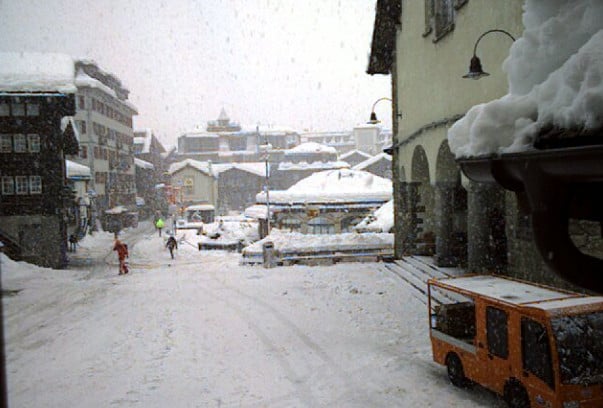#Lawinengefahr Stufe 5 von 5 im #Südwallis gemäss #SLF. Das letzte Mal gab es Stufe 5 vor 9 Jahren mit einer ähnlichen Wetterlage wie aktuell. Föhn aus Südost #Rofel brachte viel Neuschnee nach #Zermatt.@WSL_research #Schnee
^ds pic.twitter.com/9S0E1ews0H— SRF Meteo (@srfmeteo) January 9, 2018
Level 5 is almost unheard of in Zermatt. Please take care. #Avalanche #avalancherisk #besafeandsensible pic.twitter.com/1RxaTNa9NN
— Matterhorn Diamonds (@MatterhornDiamo) January 8, 2018
Good night from Riffelalp. Let‘s see how much snow we will have tomorrow.. by the way.. it is still dumping snow #riffelalpresort2222m #magicmoments #sandozhotels #swissdeluxehotels #leadinghotelsoftheworld #rofel #snow #meteoschweiz pic.twitter.com/D44LrxV6D2
— RiffelalpResort2222m (@RResort2222m) January 8, 2018



 Please whitelist us to continue reading.
Please whitelist us to continue reading.